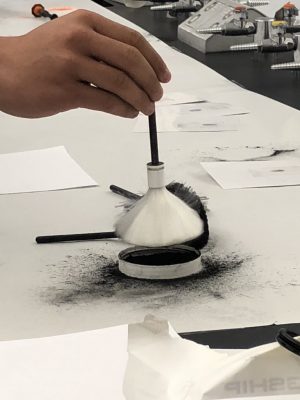6 A&S Physicists Awarded Breakthrough Prize
Our universe is dominated by matter and contains hardly any antimatter, a notion which still perplexes top scientists researching at CERN’s Large Hadron Collider. The Big Bang created equal amounts of matter and antimatter, but now nearly everything—solid, liquid, gas or plasma—is…


 DNA is everywhere—not just in bodily fluids, such as blood or saliva, but also in traces left by the touch of a finger. If more than one person has been sitting at the same table, for example, traces of each person’s DNA will be left behind and become co-mingled.
DNA is everywhere—not just in bodily fluids, such as blood or saliva, but also in traces left by the touch of a finger. If more than one person has been sitting at the same table, for example, traces of each person’s DNA will be left behind and become co-mingled.